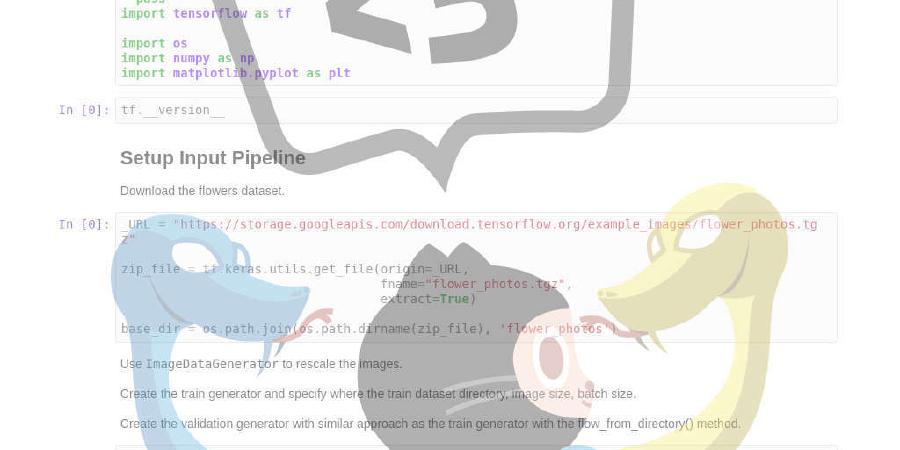dask/dask-tutorial

Dask tutorial
| repo name | dask/dask-tutorial |
| repo link | https://github.com/dask/dask-tutorial |
| homepage | https://tutorial.dask.org |
| language | Jupyter Notebook |
| size (curr.) | 39699 kB |
| stars (curr.) | 990 |
| created | 2015-07-16 |
| license | Other |
Dask Tutorial
This tutorial was last given at SciPy 2018 in Austin Texas. A video is available online.
Dask provides multi-core execution on larger-than-memory datasets.
We can think of dask at a high and a low level
- High level collections: Dask provides high-level Array, Bag, and DataFrame collections that mimic NumPy, lists, and Pandas but can operate in parallel on datasets that don’t fit into main memory. Dask’s high-level collections are alternatives to NumPy and Pandas for large datasets.
- Low Level schedulers: Dask provides dynamic task schedulers that
execute task graphs in parallel. These execution engines power the
high-level collections mentioned above but can also power custom,
user-defined workloads. These schedulers are low-latency (around 1ms) and
work hard to run computations in a small memory footprint. Dask’s
schedulers are an alternative to direct use of
threadingormultiprocessinglibraries in complex cases or other task scheduling systems likeLuigiorIPython parallel.
Different users operate at different levels but it is useful to understand
both. This tutorial will interleave between high-level use of dask.array and
dask.dataframe (even sections) and low-level use of dask graphs and
schedulers (odd sections.)
Prepare
You should clone this repository
git clone http://github.com/dask/dask-tutorial
and then install necessary packages.
a) Create a conda environment (preferred)
In the main repo directory
conda env create -f binder/environment.yml
conda activate dask-tutorial
jupyter labextension install @jupyter-widgets/jupyterlab-manager
b) Install into an existing environment
You will need the following core libraries
conda install numpy pandas h5py pillow matplotlib scipy toolz pytables snakeviz scikit-image dask distributed -c conda-forge
You may find the following libraries helpful for some exercises
conda install python-graphviz -c conda-forge
Note that this options will alter your existing environment, potentially changing the versions of packages you already have installed.
c) Use Dockerfile
You can build a docker image out of the provided Dockerfile.
$ docker build . # This will build using the same env as in a)
Run a container, replacing the ID with the output of the previous command
$ docker run -it -p 8888:8888 -p 8787:8787 <container_id_or_tag>
The above command will give an URL (Like http://(container_id or 127.0.0.1):8888/?token=<sometoken>) which
can be used to access the notebook from browser. You may need to replace the given hostname with “localhost” or
“127.0.0.1”.
Launch notebook
From the repo directory
jupyter notebook
This was already done for method c) and does not need repeating.
Links
- Reference
- Ask for help
dasktag on Stack Overflow, for usage questions- github issues for bug reports and feature requests
- gitter chat for general, non-bug, discussion
- Attend a live tutorial
Outline
-
Overview - dask’s place in the universe.
-
Delayed - the single-function way to parallelize general python code.
1x. Lazy - some of the principles behind lazy execution, for the interested.
-
Bag - the first high-level collection: a generalized iterator for use with a functional programming style and to clean messy data.
-
Array - blocked numpy-like functionality with a collection of numpy arrays spread across your cluster.
-
Dataframe - parallelized operations on many pandas dataframes spread across your cluster.
-
Distributed - Dask’s scheduler for clusters, with details of how to view the UI.
-
Advanced Distributed - further details on distributed computing, including how to debug.
-
Dataframe Storage - efficient ways to read and write dataframes to disc.
-
Machine Learning - applying dask to machine-learning problems.





